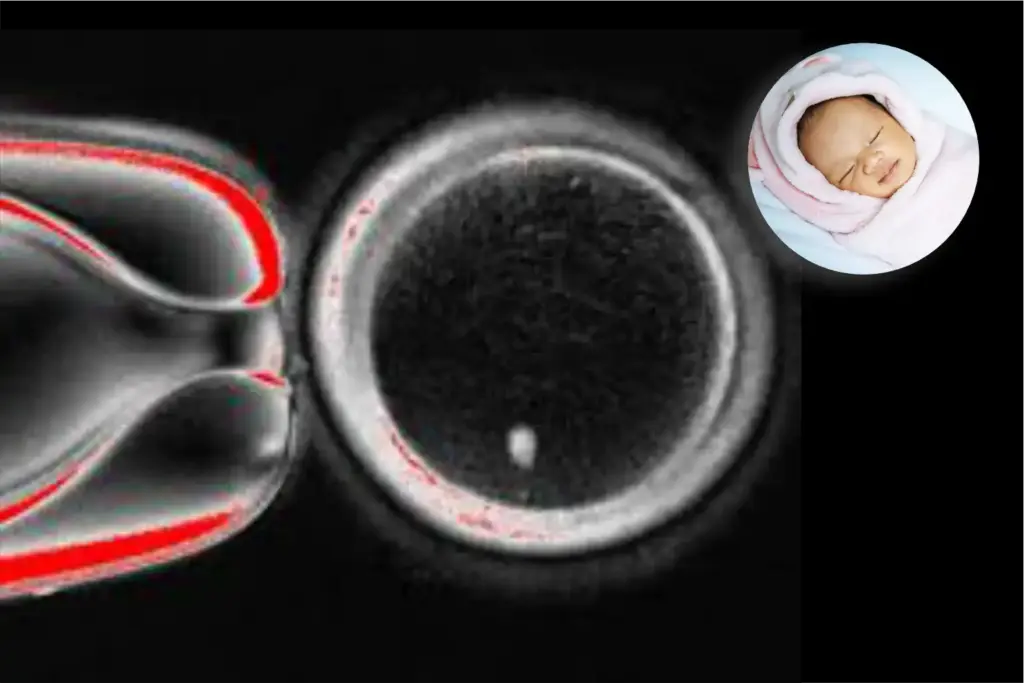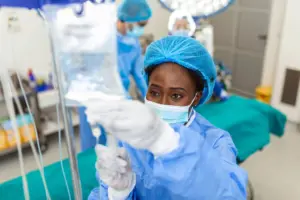
Egg cells from skin: Scientists at Oregon Health & Science University (OHSU) have generated fertilisable, egg-like cells using human skin cells, marking a step toward lab-grown eggs or sperm that could one day aid infertility treatment and enable same-sex couples to have genetically related children.
The proof-of-concept study, published Tuesday in Nature Communications, also underscores major hurdles: the resulting cells carried multiple chromosomal abnormalities.
Also Read | Scientists capture first 3D footage of human embryo implanting into uterus
In the experiment, researchers removed the nucleus from a donated human egg and inserted the nucleus of a skin cell, which naturally contains two chromosome sets. They then induced the reconstructed egg to shed extra chromosomes (eggs and sperm, each should carry just one set) before injecting donor sperm and initiating development. About 9% of the constructs progressed to six days in culture, reaching the blastocyst stage, at which point the work was halted.
“We kind of developed this new cell division that can reduce chromosome number,” said senior author Shoukhrat Mitalipov, director of OHSU’s Center for Embryonic Cell and Gene Therapy. “It’s still not good enough to make embryos or eggs genetically normal.” He cautioned that human trials could be a decade away.
Outside experts offered mixed views. Columbia University stem cell scientist Dietrich Egli said the chromosomal abnormalities were concerning. Reproductive endocrinologist Dr. Eve Feinberg called the defects critical but described the chromosome-reduction approach as “an important step and very exciting,” noting it will need substantial refinement.
OHSU said it is working to improve the chromosome-reduction process and address the genetic errors before any clinical application is considered.








